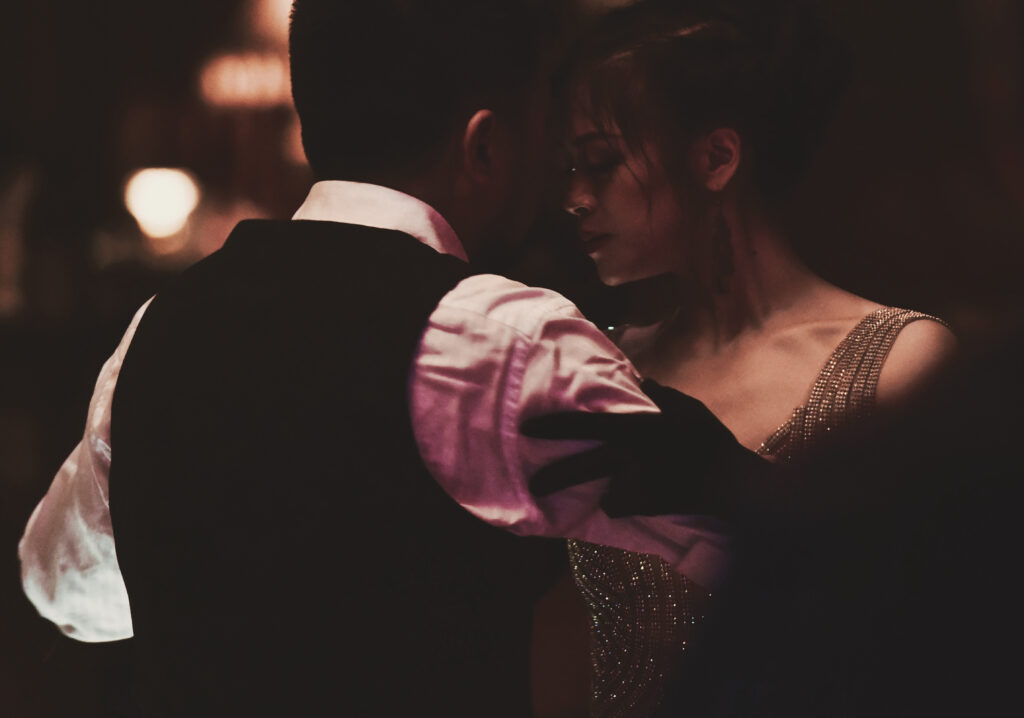Dance Insights
Milonga Dance: A Hidden Jewel in the Crown of Dance
Introduction
Milonga Dance – In our journey exploring the world’s lesser-known dances, we take you to the vibrant streets of Buenos Aires, the birthplace of the Milonga. Often overshadowed by its younger sibling, the Tango, Milonga is a dance filled with history, spontaneity, and joyous rhythm. Join us as we step into the fascinating world of Milonga and discover the charm that this unique dance style holds.
The Roots of Milonga
Milonga dance originated in the late 19th century in the Afro-Argentinian communities of Buenos Aires and Montevideo. The term ‘Milonga’ refers to both a genre of music and the social dance event where this music, along with Tango and Vals, is danced. The Milonga dance evolved as a folk dance to this early Milonga music, which was characterized by a lively, syncopated rhythm.
Evolution of Milonga Dance
Over time, Milonga dance incorporated influences from European and African dances, evolving into a complex and expressive dance form. While it’s often considered a precursor to Argentine Tango, Milonga has maintained its distinct identity. It’s typically faster and more rhythmic than Tango, with less emphasis on complex figures and more on musicality and connection.
Styles and Characteristics of Milonga Dance
There are two main styles of Milonga: Milonga Lisa, which involves simpler steps danced in a consistent rhythm, and Milonga Traspie, which incorporates double-time steps and syncopation. Both styles are danced with a close embrace, allowing for a deep connection between the dancers.
The key characteristic of Milonga is its playful and spontaneous nature. Unlike Tango, which is often characterized by a serious and dramatic mood, Milonga is more upbeat and joyous. Dancers are encouraged to improvise and interact with the music and each other, creating a dance that’s both fun and dynamic.
Learning Milonga Dance
Learning Milonga requires a balance of technique, musicality, and creativity. Beginners often start with the basic step, known as the “baldosa” or “tile,” and the basic rhythm. As dancers progress, they can explore the traspie technique and more intricate steps.
An important aspect of learning the Milonga is developing musicality. Because Milonga music is often faster and more syncopated than Tango music, dancers must learn to listen to the rhythm and express it through their movements.
Regular practice, through classes and social dancing, can help dancers improve their skills, deepen their understanding of the music, and develop their unique style.
The Culture of Milonga Dance
Milonga is more than just a dance – it’s a social event and a significant part of Argentine culture. Milongas, the social dance events where Milonga, Tango, and Vals are danced, are held regularly in dance halls, clubs, and other venues across Argentina and worldwide.
These events offer a fantastic opportunity for dancers to socialize, learn from each other, and immerse themselves in the vibrant culture of Milonga. Whether you’re a beginner or an experienced dancer, attending a Milonga can be a fun and enriching experience.
Conclusion
Milonga dance is a celebration of rhythm, connection, and spontaneous expression. Whether you’re new to dance or an experienced dancer looking to try something different, Milonga offers a unique and rewarding dance experience.
Through our blog series, we hope to shed light on lesser-known dances like Milonga, revealing their rich histories and cultures, and the unique elements that make them so captivating. So, stay tuned as we continue to explore the world of dance in all its diversity.


